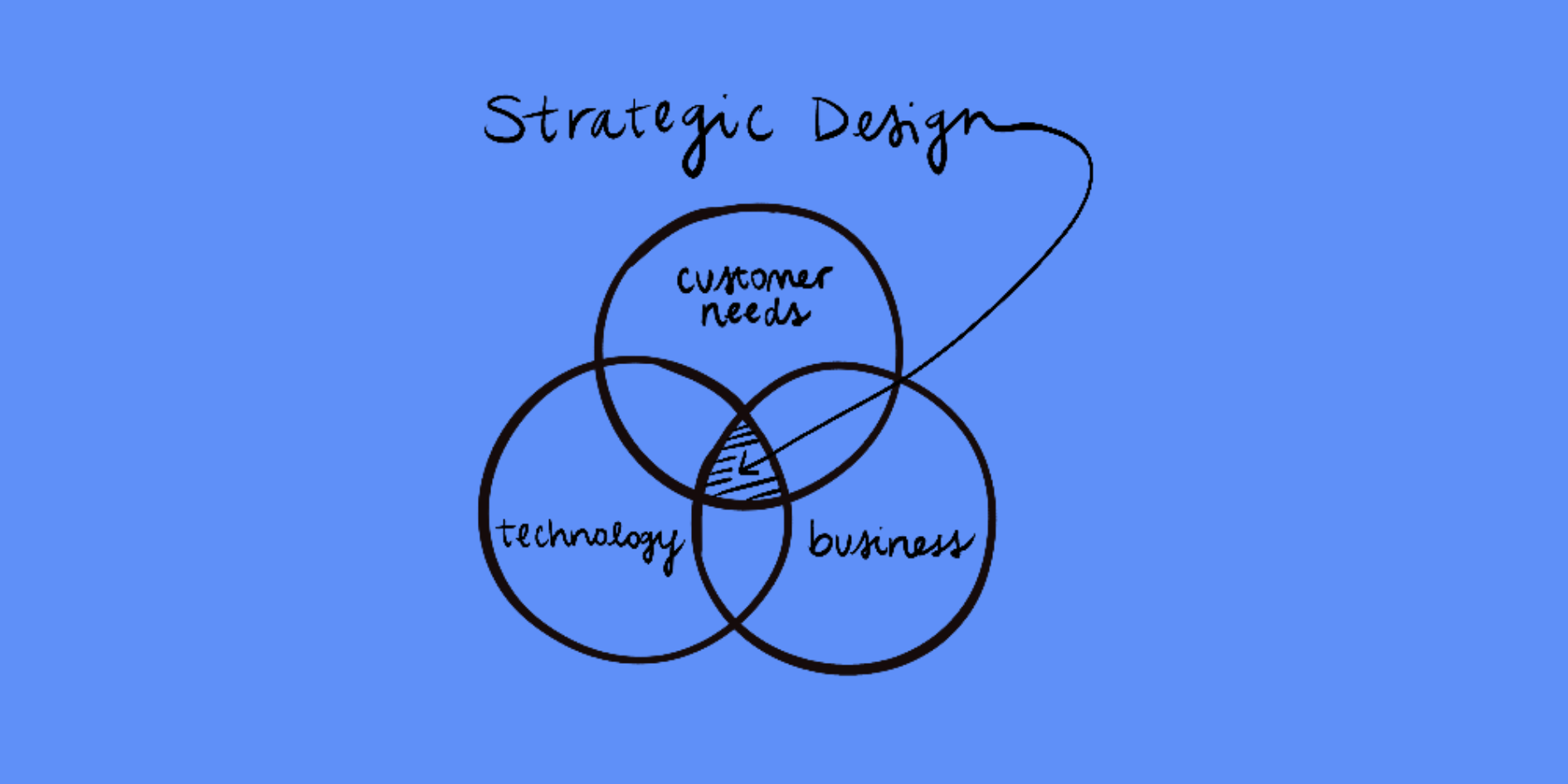
We discuss how to use strategic design to carefully craft your growth story for sales, marketing and service using a methodology to align needs with technology.
At Connect Labs, we believe that truly human-centred organisations are built on a deep understanding of the interconnected experiences of both their employees and their customers. This powerful concept is visualised in Timothy's "Experience Continuum."

As you can see, the journey begins with Employee Experience (EX). Engaged and empowered employees, operating within well-designed internal systems and customer-facing roles, drive performance and foster a culture of continuous learning.
This positive internal energy then flows seamlessly into the Customer Experience (CX). When employees are equipped and motivated, they create exceptional interactions that lead to customer consideration, purchase, and ultimately, enthusiastic advocates.
The crucial link between EX and CX is Experience Optimisation. By actively seeking feedback and iteratively improving processes, organisations can create a virtuous cycle where positive employee experiences fuel positive customer experiences, and vice versa.
At Connect Labs, we partner with you to design and optimise every touchpoint across this continuum, helping you gain more control over your organisation's success and build lasting relationships with both your people and your customers. Let's explore how we can help you navigate your own Experience Continuum.
Strategic design is so much more than just aesthetics. It is an indispensable tool for bridging the gap between customer expectations, business objectives, and technological advancements.
1. Aligning Customer Needs with Business Goals
Strategic design helps identify gaps between what customers want and the products and services a business offered. This allows you to gain valuable insights into your target audience's preferences and needs. Consequently, a business is able to refine their product/service line, which results in greater customer satisfaction and a noteworthy increase in sales.
Did you know?
On average, loyal customers are worth up to 10 times as much as their first purchase (Source: White House Office of Consumer Affairs).
2. Leveraging Technology for Greater Efficiency
Strategic design principles advocate for the optimal utilisation of technology to improve business processes, enhance customer service, and drive sales. Working on your strategic focus might mean that there is an implementation of a new platform, which can streamline a business's overall workflow but can also significantly boost customer engagement. Moreover, it allows a team to track and analyse valuable data that could be used for future improvements.
3. Cultivating a Culture of Innovation
Strategic design fosters a culture of innovation that encourages teams to continually refine and improve products and processes. This is one of the most significant yet intangible benefits of employing strategic design principles in business. It pushes a team and the owner to think outside the box and embrace breakthrough ideas that could lead to business growth and better customer experiences.
In the words of Walt Disney, "Around here, however, we don't look backwards for very long. We keep moving forward, opening up new doors and doing new things, because we're curious and curiosity keeps leading us down new paths."
Each quarter you can pick a strategic focus (marketing, sales or service) to change status quo and make some gains.
Then review what key areas need more work like improving sales process, converting leads quicker etc.
Clearly map out next steps to change and update key elements in that area to get better outcomes.
As businesses continue to evolve and adapt to the ever-changing market, it's becoming increasingly important for them to align their operations with their overall strategy. Whether it's in sales, marketing, or service, having a cohesive plan that connects the backstage operations to the frontstage strategy is crucial for success.
One of the key ways businesses are achieving this alignment is by focusing on their backstage operations. This includes everything from supply chain management to employee training and development. By ensuring that these operations are running smoothly and efficiently, businesses can create a strong foundation for their frontstage strategy to shine.
Example 1 - Streamlining Backstage Operations
One example of this is a company that sells products online may have a frontstage strategy that focuses on providing a seamless and user-friendly shopping experience. However, if their backstage operations are disorganised and inefficient, they may struggle to fulfill orders on time or provide accurate product information. This can lead to frustrated customers and ultimately hurt the company's reputation.
On the other hand, a company that invests in their backstage operations by implementing a robust inventory management system and providing thorough employee training can ensure that their frontstage strategy is executed flawlessly. Customers will receive their orders on time, with accurate product information, and have a positive shopping experience overall.
Example 2 - Utilising Data and Analytics
Another way businesses are aligning their operations with their strategy is by using data and analytics to inform their decisions. By analysing customer behaviour and preferences, businesses can tailor their frontstage strategy to better meet their customers' needs. This can include everything from personalised marketing campaigns to customised product offerings.
However, in order to effectively use data and analytics, businesses must have strong backstage operations in place. This includes having the right technology and tools to collect and analyse data, as well as a team of skilled analysts who can interpret the data and make informed recommendations.
In conclusion, aligning backstage operations with frontstage strategy is essential for businesses looking to succeed in today's market. By investing in their operations and using data to inform their decisions, businesses can create a strong foundation for their strategy to shine. So, whether you're in sales, marketing, or service, take the time to evaluate your backstage operations and ensure they're supporting your overall strategy.